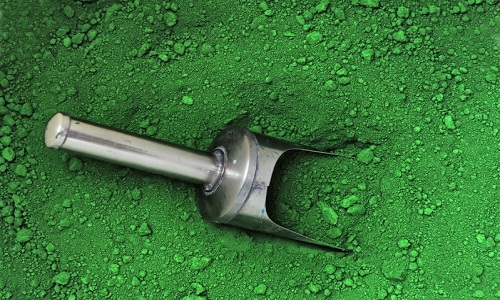BRE China celebrates two major milestones
Contents |
[edit] Introduction
BRE China has achieved two major building sustainability milestones in collaboration with the Chinese authorities. These include the successful completion of a crosswalk between BREEAM and Three Star, the Chinese assessment standard for green buildings, and an agreement with the Chinese Academy of Building Research (CABR) to collaborate on the research and application of green building technology and standards. The announcement was made in July 2020.
[edit] BREEAM and China Three Star crosswalk
BRE China has successfully completed a full crosswalk between BREEAM and China Green Building Label (GBL, also called Three Star), which is the dominant green building certification scheme developed by the Ministry of Housing and Urban Rural Development of China, in collaboration with the Chinese Society for Urban Studies (CSUS).
Under this scheme, over 15,000 projects have been certified and many others are in the process of gaining certification. The Three Star scheme has become a key compliance benchmark for all new land bidding in major Chinese cities.
With this collaboration, and the overall mutual recognition program with CSUS, BREEAM will gain significant influence in the Chinese market, symbolising another China-UK collaboration milestone. BRE China has now implemented this process on its first batch of pioneer projects - clients of which include significant developers such as LandSea and Jinmao. The organisation is also actively encouraging international corporate clients in China to utilise this approach as it narrows technical gaps and supports clients’ marketing efforts.
[edit] Partnership with CABR
The second milestone to be celebrated is the collaborative research agreement between the national building code developing bureau, CABR, and BRE China. The three-year project will further emphasize BRE’s position in the building sustainability sector on a global scale.
The partnership’s broader aim is to create an international and inter-sector network of organisations who will work together to research, develop and apply green building technology and standards, particularly in the ‘Belt and Road’ countries.
This article originally appeared on the BRE website.
[edit] Related articles on Designing Buildings Wiki
- BRE articles on Designing Buildings Wiki.
- China - clean, green buildings of the future.
- China Has Officially Started Construction on the World’s First “Forest City”.
- China-UK research deal for sustainable cities.
- Green building.
- The Chinese construction industry.
- Why the West has to join the Belt and Road Initiative.
[edit] External resources
Featured articles and news
Professional practical experience for Architects in training
The long process to transform the nature of education and professional practical experience in the Architecture profession following recent reports.
A people-first approach to retrofit
Moving away from the destructive paradigm of fabric-first.
International Electrician Day, 10 June 2025
Celebrating the role of electrical engineers from André-Marie Amperè, today and for the future.
New guide for clients launched at Houses of Parliament
'There has never been a more important time for clients to step up and ...ask the right questions'
The impact of recycled slate tiles
Innovation across the decades.
EPC changes for existing buildings
Changes and their context as the new RdSAP methodology comes into use from 15 June.
Skills England publishes Sector skills needs assessments
Priority areas relating to the built environment highlighted and described in brief.
BSRIA HVAC Market Watch - May 2025 Edition
Heat Pump Market Outlook: Policy, Performance & Refrigerant Trends for 2025–2028.
Committing to EDI in construction with CIOB
Built Environment professional bodies deepen commitment to EDI with two new signatories: CIAT and CICES.
Government Grenfell progress report at a glance
Line by line recomendation overview, with links to more details.
An engaging and lively review of his professional life.
Sustainable heating for listed buildings
A problem that needs to be approached intelligently.
50th Golden anniversary ECA Edmundson apprentice award
Deadline for entries has been extended to Friday 27 June, so don't miss out!
CIAT at the London Festival of Architecture
Designing for Everyone: Breaking Barriers in Inclusive Architecture.
Mixed reactions to apprenticeship and skills reform 2025
A 'welcome shift' for some and a 'backwards step' for others.























